Transforming the potential of wood using modern technologies

Engineered wood laminating and gluing
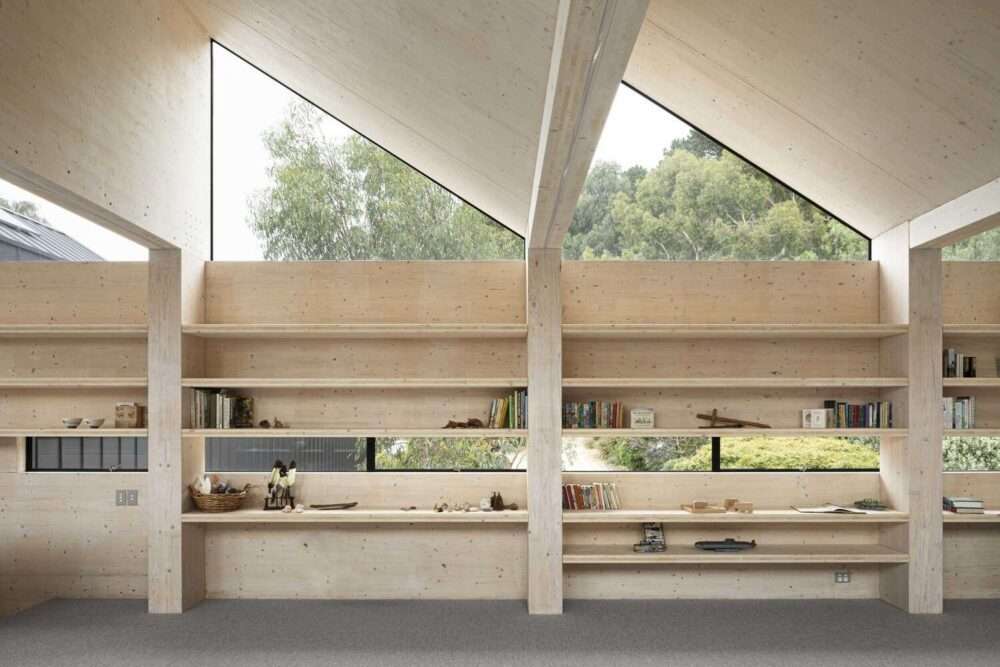
Pressure and heat treatments
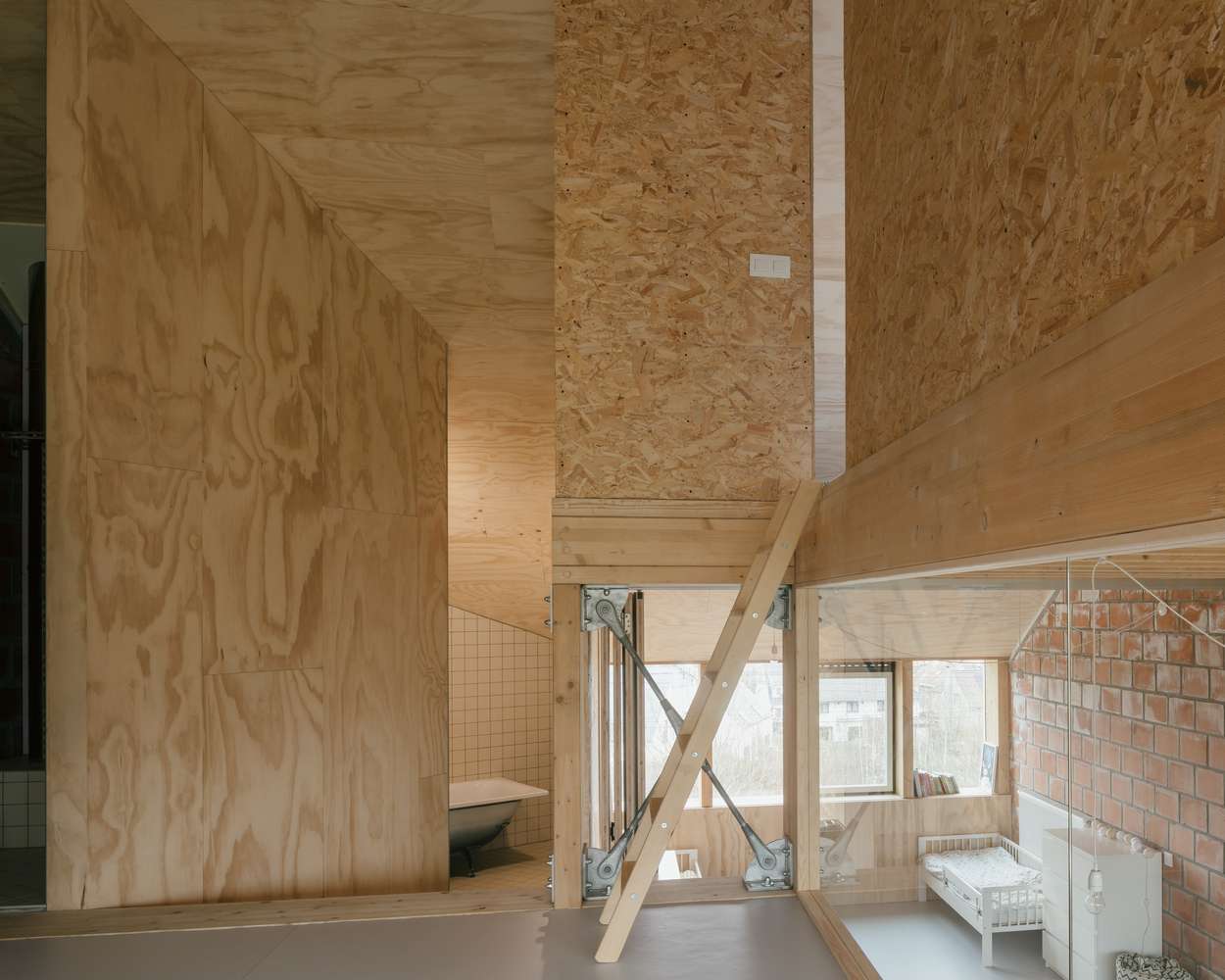
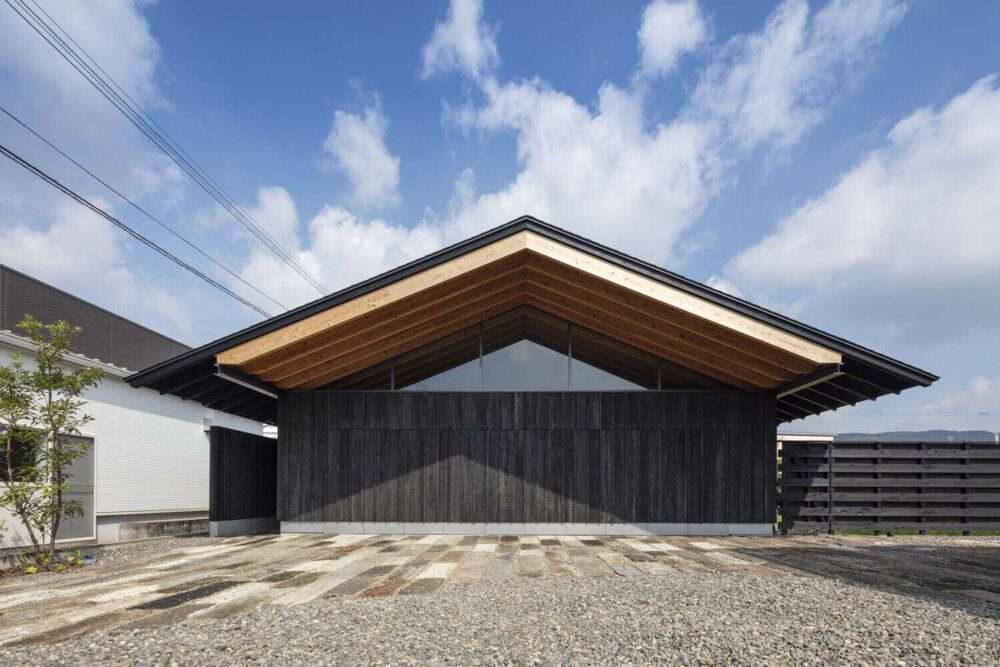
Aggregation of wood particles
For more architectural news
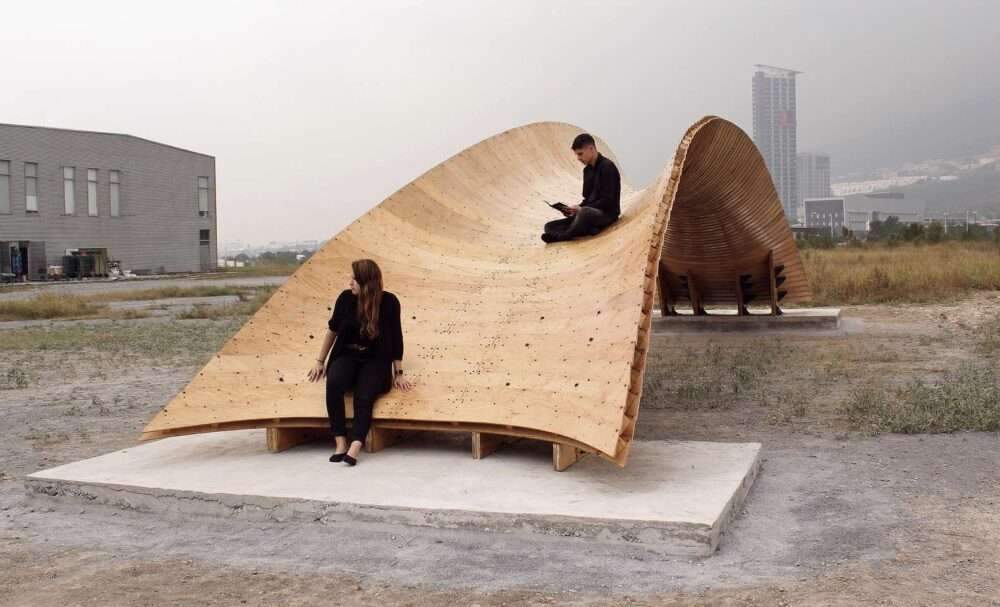




For more architectural news
Arab Architecture – Architectural Publishing Team
Arab Architecture is ArchUp’s dedicated editorial team focused on publishing high-quality content about contemporary architecture, urban design, and regional architectural developments. The team curates and reports on significant projects, design concepts, and influential movements shaping the architectural landscape in the Arab world and beyond.
Explore their latest architectural coverage here: ArchUp Architecture Section
Best Topic Editor 🏆 | Winner of the Strategic Vision Award - ArchUp

The ZHE rocking chair is a sleek and stylish piece of furniture that is designed with both form and function in mind. Its minimalist aesthetic is achieved through the use of a tensile force applied over an elastic mesh, which creates a graceful, curving form.Its great design has been recognized as such by the prestigious

Lighting designEmbracing tradition and innovation: the versatile brilliance of the Beam LampBeam lamp by Jones & Partners engages in various roles, from guiding users through their homes as a night light to serving as emergency illumination during power outagesDrawing inspiration from both classic wall lamps and lanterns, the Beam lamp by Jones & Partners embodies

the introduction:As the 2034 World Cup approaches, Saudi Arabia is highlighting its enormous potential to host a global sporting event of new record standards. But ambition does not stop at the borders of sports fields; The Kingdom is preparing to…
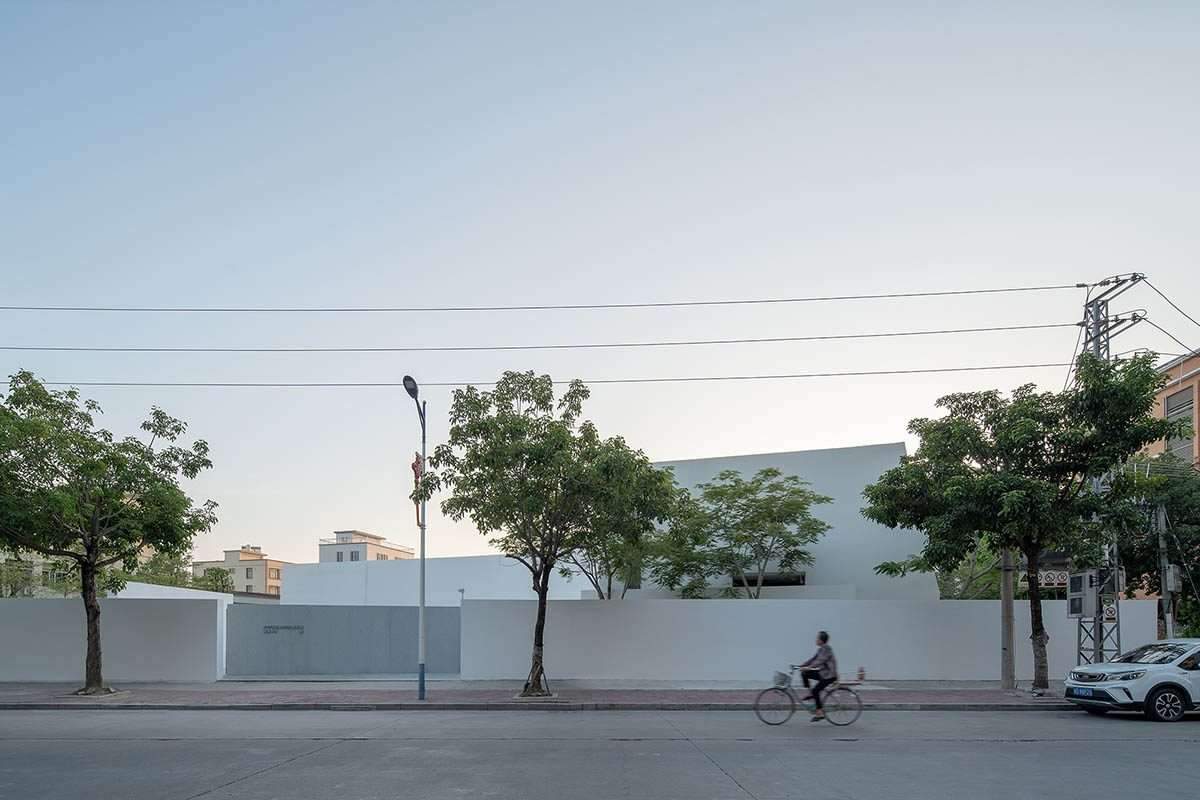
China’s architecture and design practice AD ARCHITECTURE has designed an art spacefor commercial art and management consulting by playing with abstract geometries in Shantou, Guangdong, China.Dubbed the project Future Artspace H, the 1,600 square meter building was designed for Future…

A New Cultural Landmark in the Heart of New JerseyPrinceton University, located in the state of New Jersey, USA, has opened its new Art Museum a building that balances academic heritage with contemporary creativity. Despite the controversy surrounding its designer,…

Construction crews have officially begun foundation work for the new Al Awali Rise office tower. The project stands on Prince Salman bin Mohammed Street, right in the heart of Al Sahafah’s vibrant commercial strip in northern Riyadh. The developers plan…